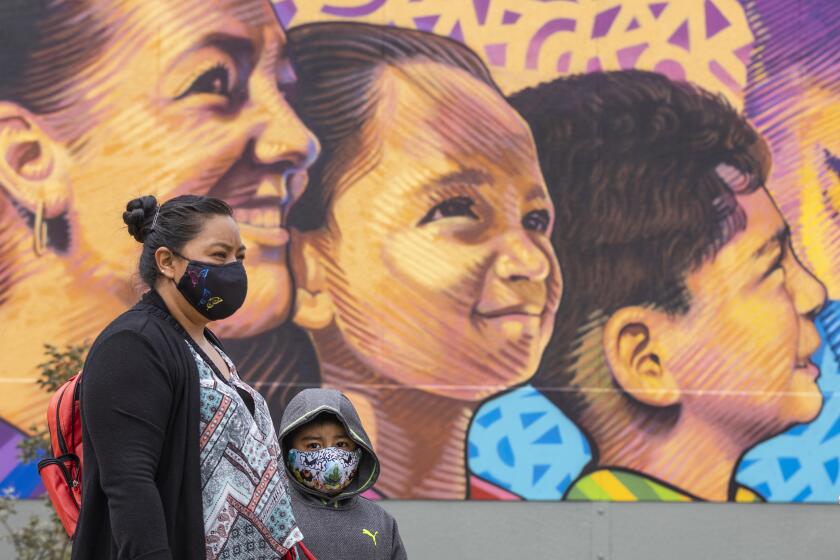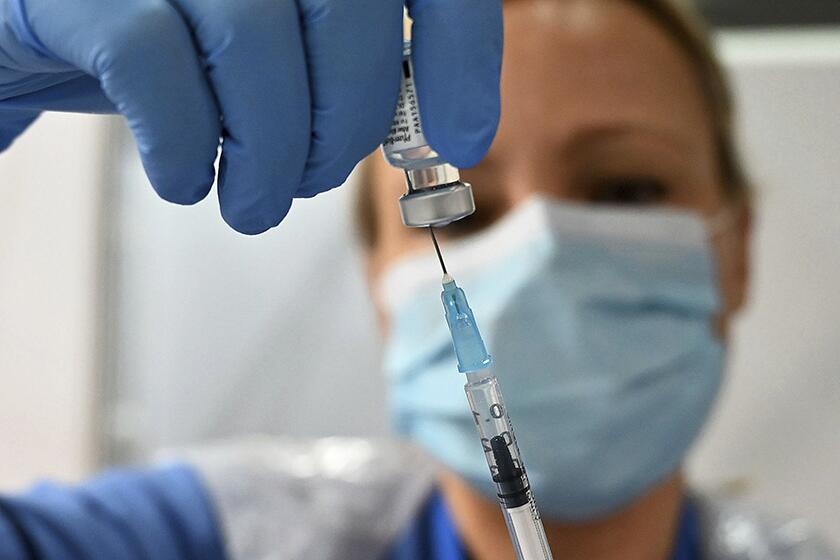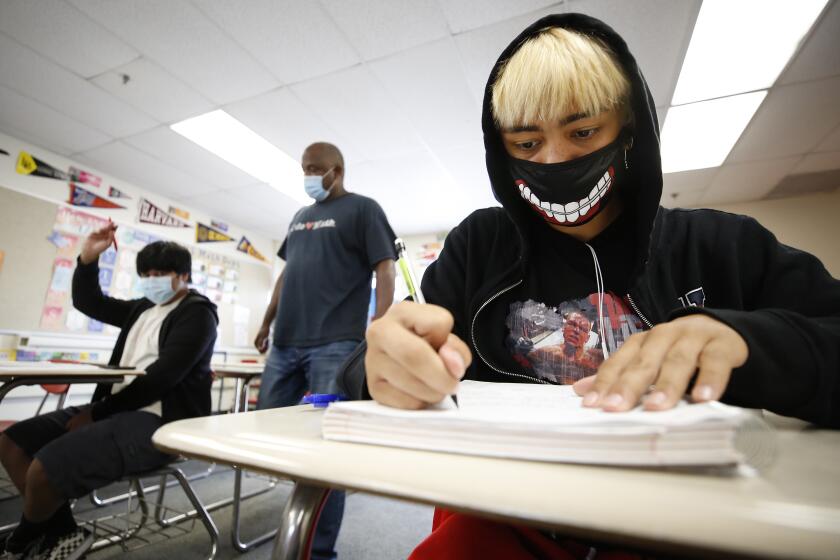Sign up for Essential California
The most important California stories and recommendations in your inbox every morning.
You may occasionally receive promotional content from the Los Angeles Times.
Howard Blume covers education for the Los Angeles Times. He’s won the top investigative reporting prize from the L.A. Press Club and print Journalist of the Year from the L.A. Society of Professional Journalists chapter. He recently retired “Deadline L.A.,” a past honoree for best public-affairs radio program, which he produced and co-hosted on KPFK-FM (90.7) for 15 years. He teaches tap dancing and has two superior daughters.
Karen Garcia is a reporter on the Fast Break Desk, the team that has a pulse on breaking news at the Los Angeles Times. She was previously a reporter on the Utility Journalism Team, which focused on service journalism. Her previous stints include reporting for the San Luis Obispo New Times and KCBX Central Coast Public Radio.
Colleen Shalby is a reporter for the Los Angeles Times. She has covered education, the pandemic, the vaccine rollout and breaking news throughout California. She was part of the team that was a 2020 Pulitzer Prize finalist for coverage of a dive-boat fire off the Santa Barbara coast. Shalby grew up in Southern California and graduated from George Washington University. She previously worked for PBS NewsHour and joined The Times in 2015.















